-

Monopotassium Phosphate Anhydrous (MKPA) CAS:7778-77-0 Manufacturer Supplier
Potassium dihydrogen phosphate is a kind of highly efficient and rapid dissolving phosphorus and potassium compound fertilizer containing, phosphorus and potassium, two elements for providing the necessary nutrients for plant growth and development, being applicable to any soil and crop, especially being applicable to the treatment of regions of simultaneous lack of phosphorus and potassium nutrients and phosphorus-preferred and potassium-preferred crops. It is mostly used for root top dressing, seed soaking, and seed dressing, being able to yield significant effect. If it sued for the roots fertilization, it can be used as basal fertilizer, seed fertilizer or moderate-late phase topdressing.
-
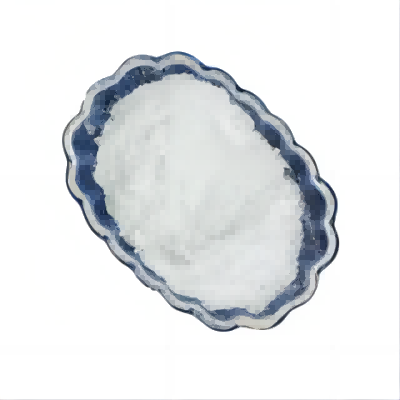
Trehalose CAS:99-20-7 Manufacturer Supplier
Trehalose is a nonreducing disaccharide in which the two glucose molecules are linked together in an α,α-1,1-glycosidic linkage. α,α-trehalose is the only anomer of trehalose, which has been isolated from and biosynthesized in living organisms. This sugar is present in a wide variety of organisms, including bacteria, yeast, fungi, insects, invertebrates, and lower and higher plants, where it may serve as a source of energy and carbon. It can be used as a stabilizer and protectant of proteins and membranes: protection from dehydration; protection from damage by oxygen radicals (against oxidation); protection from cold; as a sensing compound and/or growth regulator; as a structural component of the bacterial cell wall. Trehalose is used in the biopharmaceutical preservation of labile protein drugs and in the cryopreservation of human cells. It is used as an ingredient for dried and processed food, and as an artificial sweetener, with a relative sweetness of 40-45% that of sucrose.
-

Zinc Citrate Dihydrate CAS:5990-32-9 Manufacturer Supplier
Zinc citrate dihydrate can be used as nutrition fortifier, zinc fortifier, and can be used in food, health care products and medical treatment.Zinc citrate is suitable for the manufacture of tablet nutritional supplements and powdery mixed food as an organic zinc supplement ;Because of its chelating function, it can increase the clarity of fruit juice drinks and the crisp acidity of fruit juice, so it is widely used in fruit juice drinks.Meanwhile it can also be used in cereals and their products and salt .
-
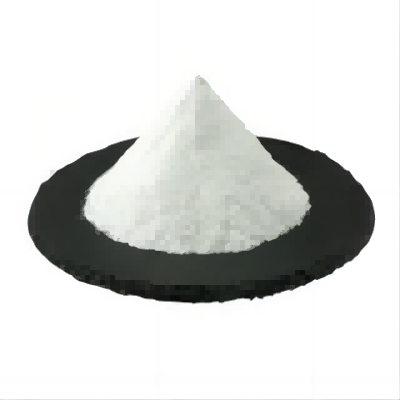
Galacto-oligosaccharide/GOS CAS:6587-31-1 Manufacturer Supplier
GOS is galacto-oligosaccharide with great similarities to the composition of human milk, and is highly promoted for use in the infant formula and healthfoods because of its combination of benefits and safety.
-

Sodium Acid Pyrophosphate (SAPP) CAS:7758-16-9 Manufacturer Supplier
Sodium Pyrophosphate Dibasic is anhydrous form, pyrophosphate salt used in buffers.Disodium diphosphate is used as a (tropically stable) acid carrier in baking powder, for improvement of flow properties in flour, for pH regulation, and in dental care products for prevention of tartar formation.
-
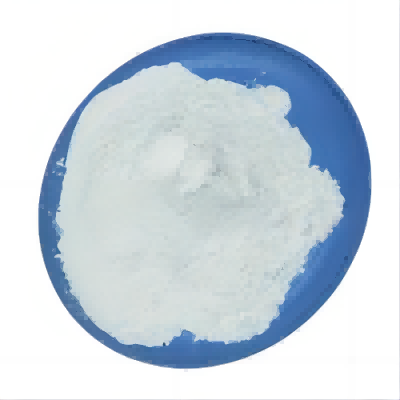
Zinc Picolinate CAS:17949-65-4 Manufacturer Supplier
Zinc picolinate is an organic zinc supplement wherein zinc atom is attached to a picolinic acid molecule. Studies have also suggested that zinc supplements may reduce the incidence of respiratory infections in children. A number of zinc supplements are available, including zinc acetate, zinc gluconate, zinc picolinate, and zinc sulfate. Zinc picolinate is a highly available form of zinc supplement, easily dissolved to release the elemental zinc for use in the body. Surprisingly, although Zinc picolinate is widely used as a supplement with greater bioavailability claims, there are very few scientific studies to back this claim.
-
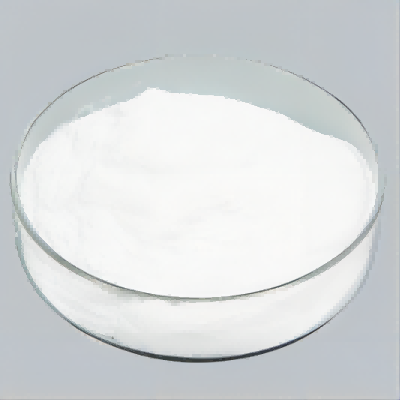
Maltose CAS:69-79-4 Manufacturer Supplier
Maltose is a disaccharide composed of two glucose units. Maltose is an important intermediate in the enzyme hydrolysis of starch. It is further hydrolyzed to glucose.Maltose also is formed by yeast during breadmaking.maltose is considered as a food by the FDA and is therefore not subject to food additive and GRAS regulations.
-
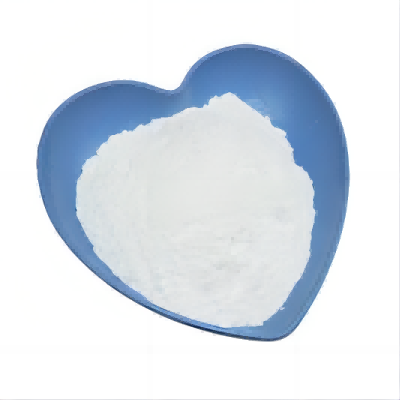
Calcium Propionate CAS:4075-81-4 Manufacturer Supplier
Calcium propionate, also commonly known as calcium propanoate, is a white powder that has a faint smell. The compound is stable at room temperature. It is hygroscopic and incompatible with strong oxidizing agents. Calcium Propionate as the newer food antifungal agent, is the calcium salt of propanoic acid which is a antifungal agent.
-
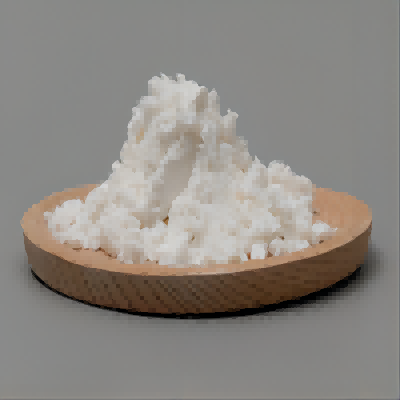
Ascorbyl Palmitate CAS:137-66-6 Manufacturer Supplier
Ascorbyl palmitate is a lipophilic derivative of ascorbic acid with antioxidant and antiproliferative activities. It scavenges hydroxyl radicals in cell-free assays. Ascorbyl palmitate (0.01%) reduces the rate of autoxidation of soybean, safflower, sunflower, peanut, and corn oil. It inhibits increases in epidermal ornithine decarboxylase activity and DNA synthesis induced by phorbol 12-myristate 13-acetate (TPA; ) in mice in a concentration-dependent manner when applied topically.
-
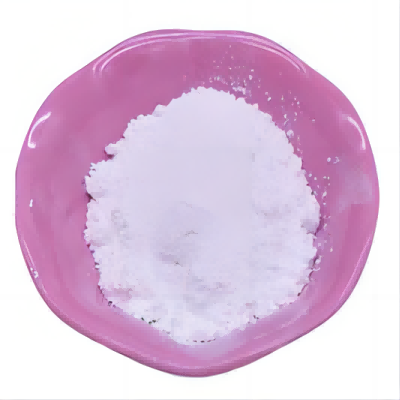
Alitame CAS:80863-62-3 Manufacturer Supplier
Alitame [L-a-aspartyl-N-(2,2,4,4-tetramethyl-3-thietanyl)-D-alaninamide] is a sweetener based on an amino acid. It is a very intense sweetener, possessing a sweetening power of about 2000 times that of sucrose. It also exhibits a clean sweet taste similar to sucrose. Although it is metabolized, so little is needed that its caloric contribution is insignificant. Alitame is prepared from the amino acids, L-aspartic acid, D-alamine, and a novel amine.
-
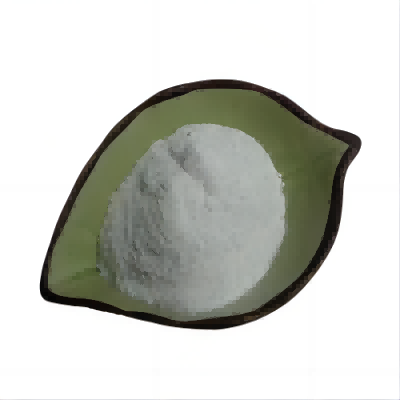
D-Fructose CAS:57-48-7 Manufacturer Supplier
D-Fructose is present as a monosaccharide in fruits and vegetables, as a disaccharide in sucrose (with D-glucose), and as oligoand polysaccharides (fructans) in many plants. It is also used as an added sweetener for food and drink, and as an excipient in pharmaceutical preparations, syrups, and solutions.In equal amounts, it is sweeter than glucose or sucrose and is therefore commonly used as a bulk sweetener. An increase in high fructose corn syrup, as well as total fructose, consumption over the past 10 to 20 years has been linked to a rise in obesity and metabolic disorders. This raises concerns regarding the short and long-term effects of fructose in humans.
-
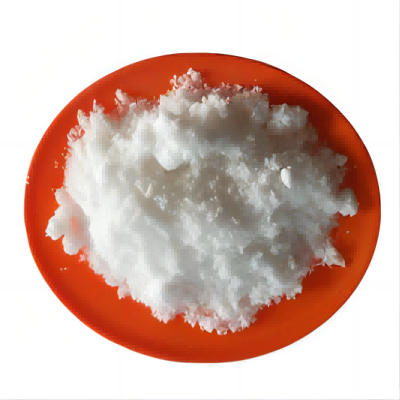
Polydextrose CAS:68424-04-4 Manufacturer Supplier
Polydextrose (PDX) is a randomly bonded polysaccharide produced by the bulk melt polycondensation of glucose and sorbitol in vacu with an average DP of 12, ranging from 2 to 120. The molecule contains all possible combinations of α- and β-linked 1→2, 1→3, 1→4, and 1→6 glycosidic linkages, though the 1→6 (both α and β) predominates. Due to its complex structure, PDX is not hydrolyzed by mammalian digestive enzymes in the small intestine, passing intact into the colon, in which it is gradually and partly fermented by the endogenous microbiota and the remainder, approximately 60%, is excreted in the feces. PDX is not sweet, has a neutral taste, and can be used as a low-calorie bulking agent in a wide range of foods, such as baked goods, confectionery, dairy products, and functional beverages as it is highly soluble in water and results in a non-viscous solution. Polydextrose content could greatly influenced Snack quality. An increase in polydextrose content in the blend from 0 to 10% augmented the product density and decreased its radial and axial expansion ratio and crispness. Moreover, small air cells and thick cell walls were observed in the texture of the product with high polydextrose content[1-2].

